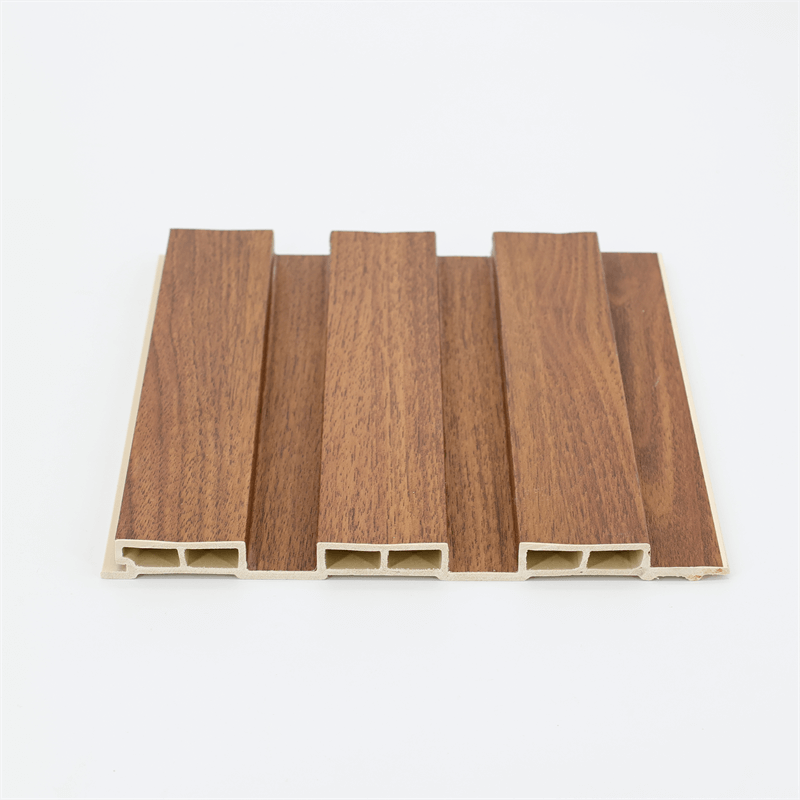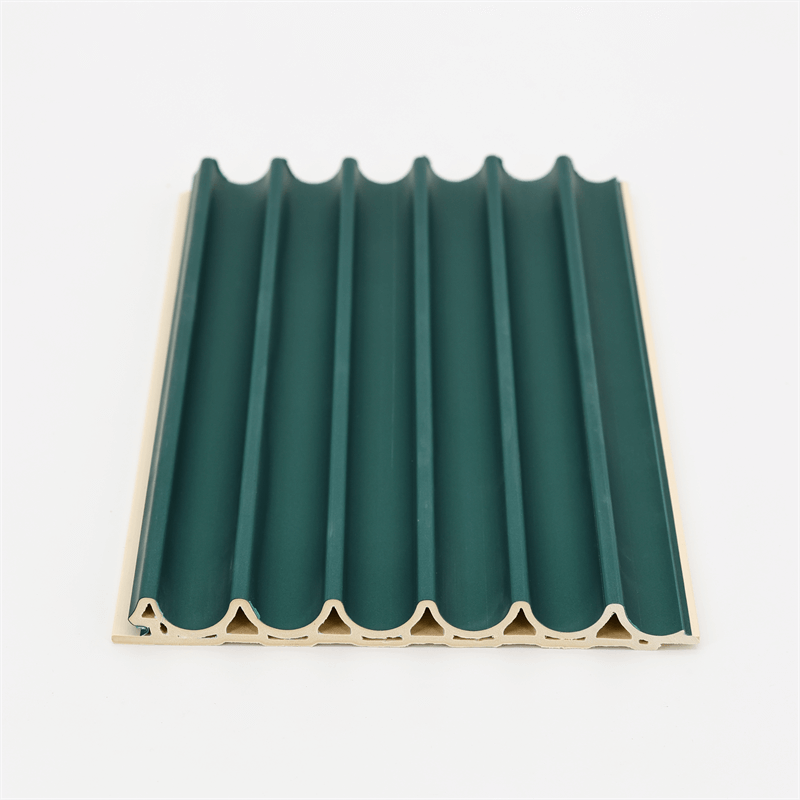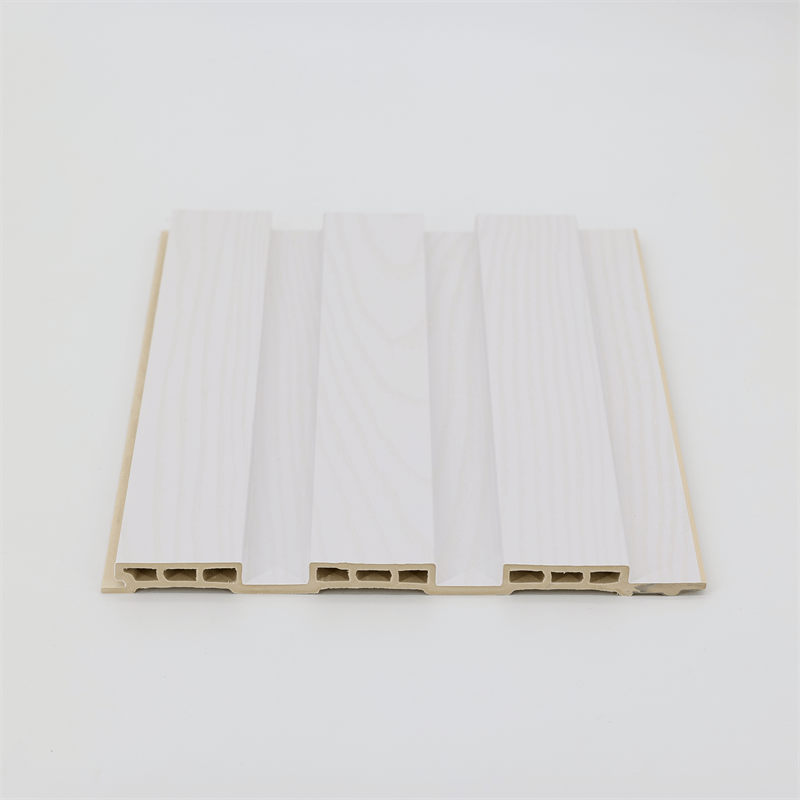In the ever-evolving world of interior design, new materials and trends constantly shape the way we transform interior spaces.
One material that has gained significant attention in recent years is WPC (Wood-Plastic Composite) wall panels.
With their versatility and aesthetic appeal, WPC wall panels have become a popular choice for designers and homeowners seeking to enhance their interiors.
This essay explores the ways in which WPC wall panels can transform interior spaces, focusing on four key aspects: aesthetic versatility, texture and finishes, spatial transformations, and current design trends.
I. Aesthetic Versatility:
WPC wall panels offer a wide range of aesthetic options, making it possible to achieve various styles and moods within a space.
These panels come in an array of colors, patterns, and designs, providing interior designers and homeowners with the flexibility to create unique and visually appealing interiors.
From sleek and modern to rustic and traditional, WPC wall panels can adapt to diverse design aesthetics, enabling personalized and distinctive interior spaces.
Furthermore, WPC panels can be manufactured to mimic the appearance of natural materials such as wood grains or stone textures, without the associated maintenance requirements.
This versatility allows designers to incorporate the desired look and feel of natural materials while benefiting from the durability and sustainability of WPC.
It opens up endless possibilities for creating captivating interior designs that capture the essence of nature.
II. Texture and Finishes:
Texture plays a crucial role in interior design as it adds depth and tactile interest to a space.
WPC wall panels offer a variety of textures and finishes, allowing designers to add dimension and character to walls.
Whether it’s a smooth and polished surface, a rough and weathered texture, or a three-dimensional pattern, WPC panels can create captivating visual and tactile experiences.
Additionally, WPC panels can be embossed with intricate designs, creating a sense of luxury and elegance.
The embossed patterns can range from geometric motifs to organic shapes, providing designers with an array of options to complement different design themes.
By incorporating texture and finishes, WPC wall panels can elevate the overall aesthetics of interior spaces, making them visually engaging and inviting.
III. Spatial Transformations:
WPC wall panels have the power to transform the perception of space, creating unique visual effects and altering the ambiance of interiors.
One notable feature of WPC panels is their ability to visually expand or contract a room.
Light-colored panels with horizontal patterns can make a space feel wider, while darker panels with vertical patterns can add height to a room.
These visual tricks allow designers to manipulate the perception of space and create illusions that enhance the overall design concept.
Furthermore, the seamless installation of WPC wall panels can help create a cohesive and uninterrupted appearance.
The interlocking system or tongue-and-groove design ensures a smooth transition between panels, eliminating visible seams.
This seamless installation contributes to a visually clean and refined space, enhancing the overall design aesthetic and creating a sense of harmony.
IV. Current Design Trends:
WPC wall panels have gained popularity in recent years due to their ability to align with current design trends.
One prominent trend is the use of natural materials and earthy tones.
WPC panels that mimic the look of wood or stone fit perfectly into this trend, allowing designers to create warm and inviting spaces inspired by nature.
The combination of natural materials and sustainable construction resonates with the growing desire for environmentally friendly interiors.
Another design trend is the incorporation of geometric patterns and abstract designs. WPC panels can be customized to feature intricate geometric patterns, providing designers with endless creative possibilities.
These bold and contemporary patterns add visual interest and can serve as statement pieces within a space.
Additionally, the trend of biophilic design, which emphasizes the connection between humans and nature, can be easily incorporated using WPC wall panels.
By incorporating natural textures and organic patterns, designers can create environments that promote well-being and evoke a sense of calmness.

In conclusion, WPC wall panels offer exciting opportunities for transforming interior spaces.
Their aesthetic versatility, texture and finishes, spatial transformations, and alignment with current design trends make them a preferred choice for interior designers and homeowners.
Whether it’s creating a sleek and modern ambiance, adding warmth and character with natural textures, or manipulating the perception of space, WPC wall panels provide a dynamic canvas for creativity.
As the world of interior design continues to evolve, WPC panels are likely to remain a key element in the quest for innovative and sustainable materials.
By embracing the design possibilities and trends offered by WPC wall panels, designers can create captivating interiors that reflect individuality, style, and a deep appreciation for both aesthetics and the environment.
Furthermore, the transformative power of WPC wall panels extends beyond their visual appeal.
By utilizing these panels, interior designers and homeowners can create spaces that evoke specific moods, enhance functionality, and provide a unique experience for occupants.
In addition to their aesthetic versatility, WPC wall panels also offer practical benefits.
They are durable, easy to clean, and resistant to moisture, making them suitable for a variety of interior settings, including kitchens, bathrooms, and commercial spaces.
Their low maintenance requirements save time and effort, allowing for a hassle-free interior design solution.
As with any design element, it is essential to stay abreast of current trends to create spaces that feel fresh and contemporary.
WPC wall panels align with many of the prevailing design trends, such as the use of natural materials, earthy tones, geometric patterns, and biophilic design.
By incorporating these trends into interior spaces, designers can create environments that feel modern, inviting, and connected to nature.
In conclusion, WPC wall panels offer an exciting avenue for transforming interior spaces.
With their aesthetic versatility, texture and finish options, ability to alter the perception of space, and alignment with current design trends,
these panels provide a powerful tool for interior designers and homeowners to express their creativity and create captivating environments.
Whether it’s a residential home, a corporate office, or a hospitality venue, WPC wall panels have the potential to elevate the interior design experience and transform spaces into visually stunning and functional realms.


